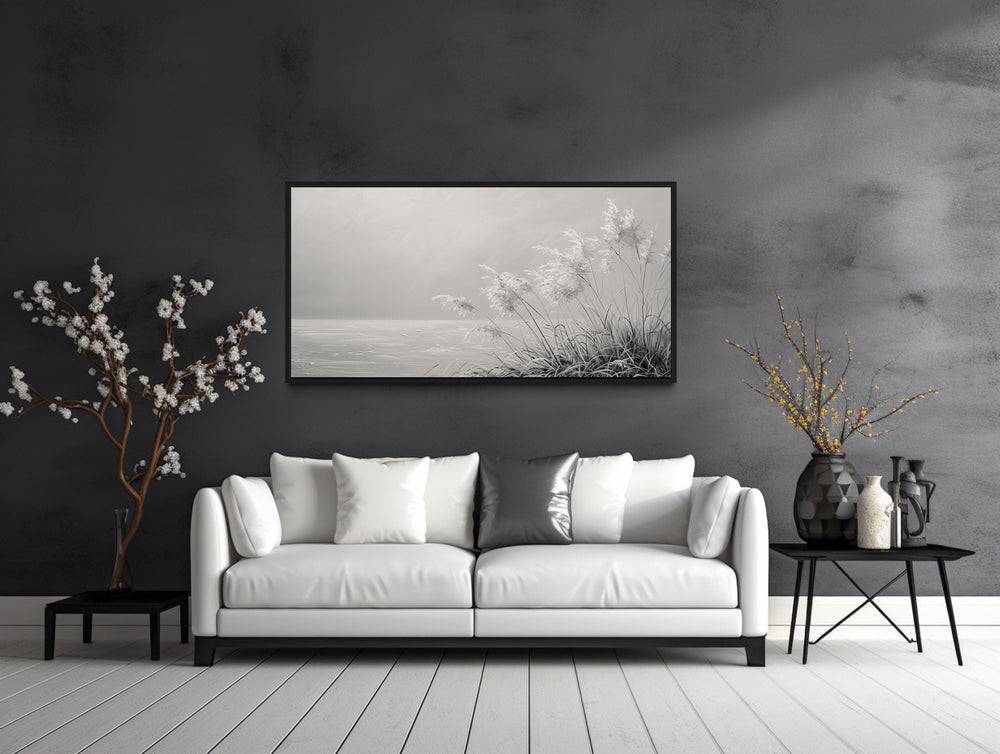Layered Look with Rugs and Wall Art: A Photographic Perspective
As a professional photographer, you are constantly on the lookout for new ways to enhance your images and create captivating compositions. One trend that has been gaining popularity is the layered look with rugs and wall art. This approach not only adds depth and texture to your photography but also provides a unique opportunity to showcase your creative flair.
The layered look with rugs and wall art has become an essential tool for photographers who want to add dimension to their images. By strategically placing rugs and art pieces, you can create visual interest and guide the viewer's eye through the photograph. This technique, when executed effectively, can transform a simple space into a captivating visual story.

Why Choose a Layered Look?
The concept of layering is not new in photography. It is a fundamental technique used to create depth and dimension in an image. However, incorporating rugs and wall art into this technique adds a new level of complexity and interest. Rugs can act as a foundation, providing a textural base that can enhance the overall composition. Wall art, on the other hand, can serve as focal points, drawing attention and adding narrative to your images.
Creating the Perfect Layered Look
When approaching the layered look with rugs and wall art, it's important to consider the balance between the two elements. Rugs should complement the wall art without overpowering it. Similarly, the art should enhance the texture and color palette of the rug. Consider the size, color, and placement of each element to ensure a harmonious composition.
Its crucial to select pieces that reflect the story you want to tell. Are you looking to create a cozy, inviting atmosphere? Or perhaps a bold, modern statement? The choice of rugs and art will play a significant role in conveying the desired mood and message.
Incorporating Photographic Techniques
As a photographer, you have a unique advantage when it comes to capturing the layered look. Utilize techniques such as depth of field, lighting, and perspective to enhance the elements within your frame. Experiment with different angles to find the most compelling composition.
Lighting is particularly important when capturing textures and colors in rugs and wall art. Natural light can bring out the rich details in both elements, while artificial lighting can be used to create dramatic effects. Play with shadows and highlights to add dimension and intrigue to your images.
Enhancing Your Portfolio
Incorporating a layered look with rugs and wall art into your portfolio can set you apart from other photographers. This technique not only demonstrates your ability to create visually appealing compositions but also showcases your creativity and attention to detail. Clients will appreciate your ability to transform ordinary spaces into extraordinary photographic scenes.
If you're looking for inspiration or guidance on how to get started with this technique, consider exploring resources on curated art walls or commissioning large artwork. These resources provide valuable insights into selecting the right pieces and creating cohesive compositions.
Challenges and Solutions
While the layered look with rugs and wall art offers many benefits, it also comes with its own set of challenges. One common issue photographers face is the difficulty in balancing the elements without creating a cluttered composition. To overcome this, focus on simplicity and minimalism. Choose pieces that complement each other and avoid overcrowding the frame.
Another challenge is ensuring that the colors and patterns of the rugs and art do not clash. To address this, create a cohesive color palette before selecting your pieces. This will ensure that all elements work together harmoniously.
The Impact on Your Work
Embracing the layered look with rugs and wall art can have a profound impact on your photography. It allows you to create visually stunning images that captivate and engage viewers. By mastering this technique, you can elevate your work and attract a wider audience.
For more tips on decorating and styling with art, check out this comprehensive guide on large wall decor ideas. This resource offers practical advice and inspiration for photographers looking to integrate art into their compositions.
Conclusion
The layered look with rugs and wall art is a powerful technique that can transform your photography. By carefully selecting and arranging these elements, you can create images that are both visually striking and emotionally resonant. Embrace this trend and watch as your work reaches new heights.

FAQ
What is the layered look with rugs and wall art?
The layered look involves using rugs as a foundational element and wall art as focal points to create dimensional and visually engaging compositions in photography.
How can photographers benefit from this technique?
Photographers can benefit by adding depth, texture, and interest to their images, making their work stand out and appealing to clients.
What are some challenges with implementing this technique?
Challenges include balancing elements to avoid clutter and ensuring cohesive color and pattern choices to maintain a harmonious composition.

